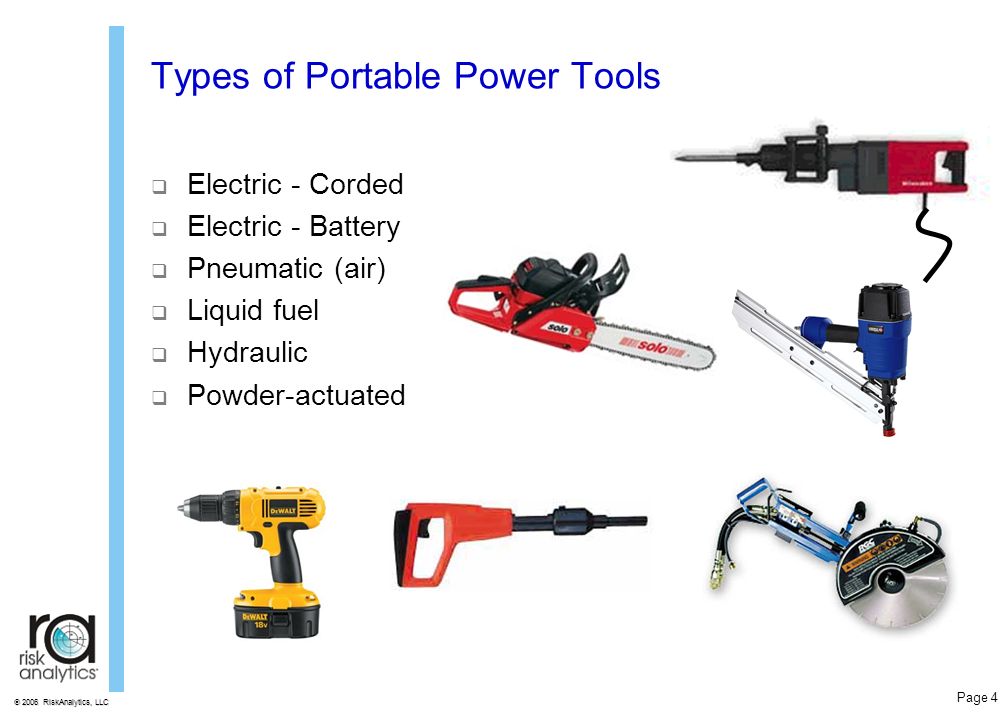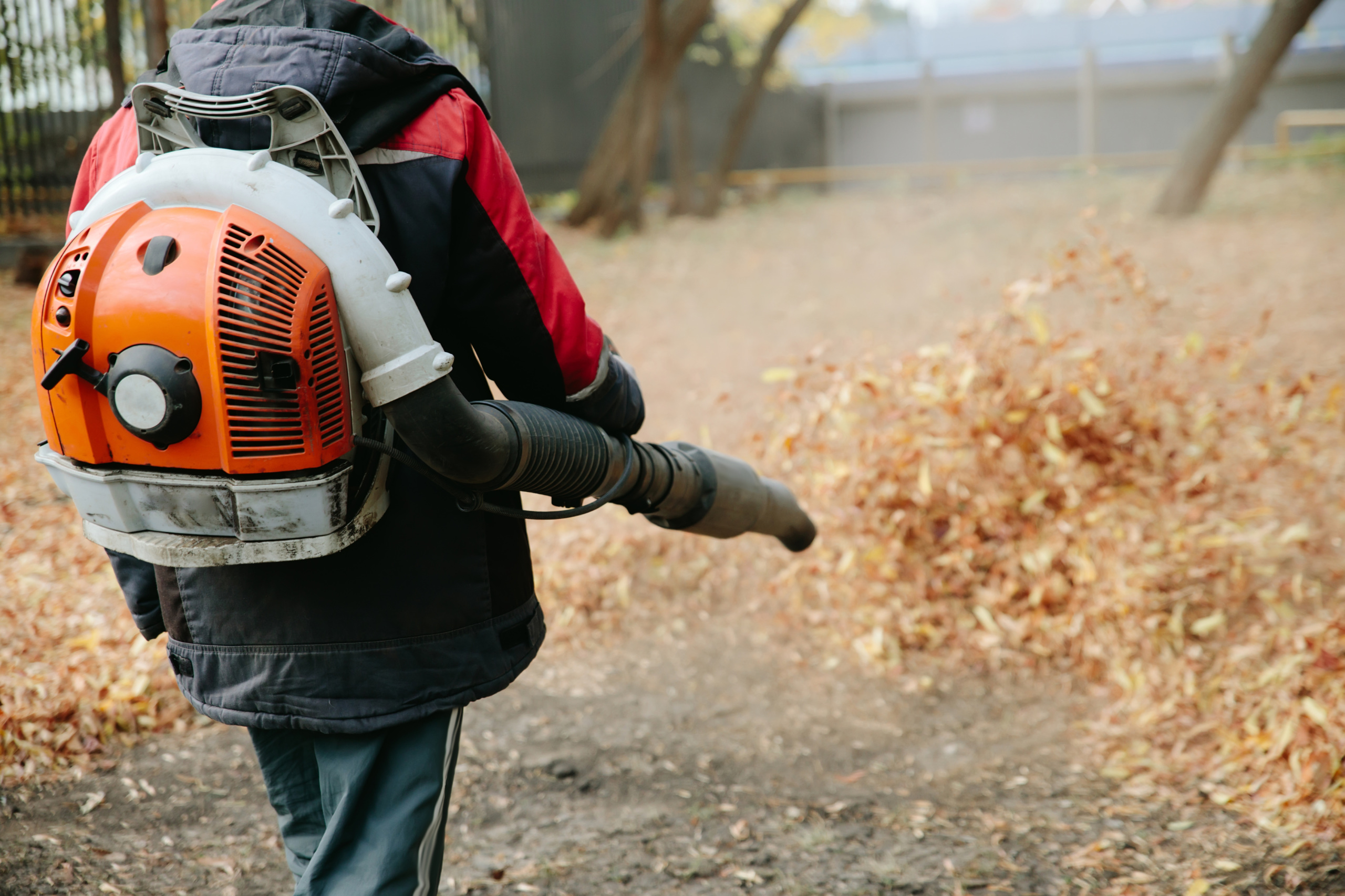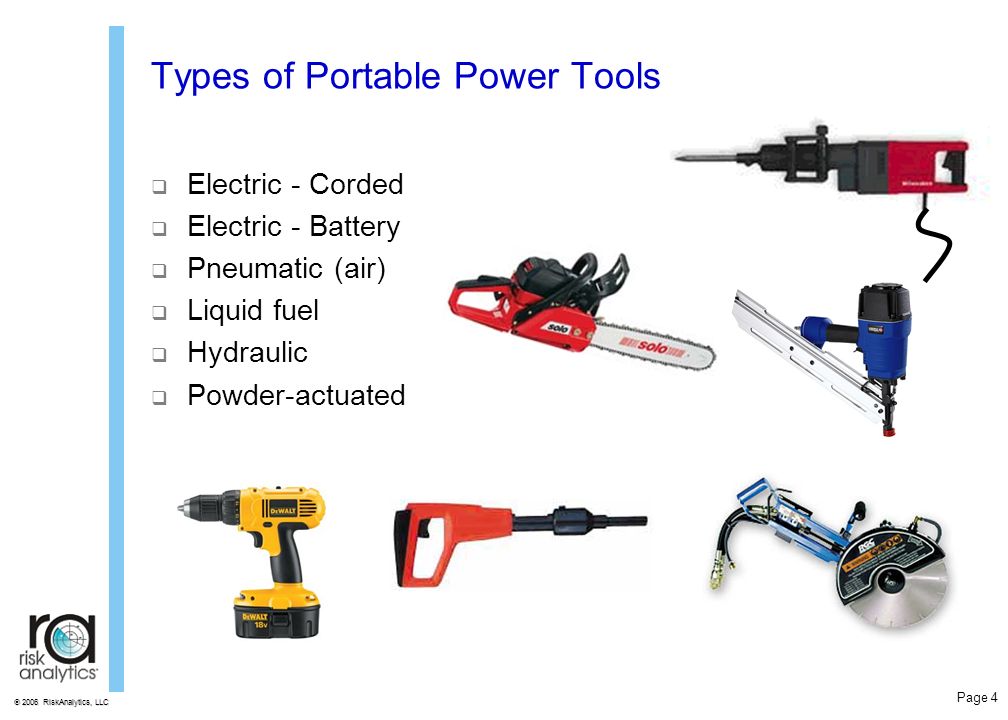Have you ever wondered what type of pollution hand-held power tools contribute to? Well, you’re in the right place! In this article, we’re going to explore the environmental impact of these popular tools and the pollution they generate. So, let’s dive in and uncover the truth!
Now, you might be thinking, “Wait, how can power tools cause pollution?” It’s a great question! As amazing as power tools are for tackling DIY projects, they do have a downside. These tools typically run on fossil fuels or electricity, which can release harmful emissions into the air.
But don’t worry, we’re not here to rain on your power tool parade. We’re here to provide you with valuable insights about the pollution caused by these handy devices. So, let’s get ready to uncover the kind of pollution that hand-held power tools contribute to and why it matters. Buckle up, because it’s going to be an eye-opening journey!

Hand-Held Power Tools and Their Contribution to Pollution
Hand-held power tools have revolutionized the way we work, making tasks easier and more efficient. However, these tools also have a downside: they contribute to various types of pollution. From air pollution to noise pollution, the use of hand-held power tools can have detrimental effects on both the environment and our health. In this article, we will explore in detail the different types of pollution that hand-held power tools contribute to and the potential solutions to mitigate their impact.
Air Pollution: Respiratory Risks and Environmental Impact
Hand-held power tools, such as chainsaws, leaf blowers, and lawnmowers, are sources of air pollution. These tools typically run on fossil fuels like gasoline or diesel, which release harmful emissions when burned. These emissions, including carbon monoxide, nitrogen oxides, and volatile organic compounds, contribute to the formation of ground-level ozone and smog.
The release of these pollutants poses risks to human health, particularly respiratory health. Prolonged exposure to the exhaust emissions from hand-held power tools can cause or exacerbate respiratory conditions such as asthma, bronchitis, and other respiratory diseases. Additionally, the emission of these pollutants has significant environmental impacts, contributing to climate change and degradation of air quality.
To mitigate air pollution from hand-held power tools, it is important to consider alternative options such as electric-powered or battery-operated tools. These tools produce zero emissions during operation and can significantly reduce the overall air pollution associated with power tool use. Additionally, regular maintenance and proper tune-ups of gasoline-powered tools can help minimize emissions and improve their fuel efficiency.
Noise Pollution: Harmful Effects and Potential Solutions
Another type of pollution caused by hand-held power tools is noise pollution. From jackhammers to angle grinders, these tools generate high levels of noise that can be harmful to both workers and nearby residents. Prolonged exposure to high levels of noise can lead to hearing loss, stress, anxiety, and other negative health effects.
To address noise pollution from hand-held power tools, manufacturers are increasingly developing tools with noise reduction features. These tools are designed to minimize the noise generated during operation, making them safer and more comfortable to use. It is also important for workers and DIY enthusiasts to wear appropriate hearing protection, such as earmuffs or earplugs, when using noisy power tools.
In addition to noise reduction measures, proper maintenance can also help reduce noise pollution. Regularly lubricating moving parts and replacing worn-out components can minimize vibrations and noise generated by the tools. Furthermore, using tools with lower noise levels and employing noise barriers or enclosures in construction sites can help mitigate the impact of noise pollution on workers and surrounding areas.
Water Pollution: Contamination and Environmental Impact
While often overlooked, hand-held power tools can also contribute to water pollution. In certain applications, such as pressure washers and paint sprayers, these tools can release contaminants that end up in water bodies, posing risks to aquatic ecosystems and potentially contaminating drinking water sources.
Pressure washers, for example, may release detergents and chemicals into nearby storm drains or waterways, which can be harmful to aquatic life and disrupt the balance of ecosystems. Similarly, paint sprayers can release paint particles and solvents into the air, some of which may eventually find their way into bodies of water, leading to water pollution.
To prevent water pollution from hand-held power tools, it is important to use these tools responsibly and follow proper waste disposal practices. Avoid using excessive detergents or chemicals when pressure washing and use environmentally-friendly options whenever possible. Additionally, proper containment and disposal of paint particles and solvents can help prevent water pollution and protect the environment.
Alternative Power Sources for Hand-Held Power Tools
While hand-held power tools do contribute to various types of pollution, there are alternative power sources available that can mitigate their environmental impact. By embracing these alternatives, we can reduce pollution and make our work environments safer and more sustainable. Here are three alternatives worth considering:
Electric-Powered Tools: A Cleaner Option
One of the most popular alternatives to traditional gasoline-powered tools is the use of electric-powered tools. Electric tools generally run on rechargeable batteries or plug directly into an electrical outlet, eliminating the need for combustion and reducing emissions. These tools provide comparable performance and efficiency to their gasoline counterparts while significantly reducing air and noise pollution.
Electric-powered tools are ideal for indoor use, as they produce no exhaust emissions and operate quietly. They are also well-suited for residential areas where noise restrictions may apply. Moreover, advancements in battery technology have resulted in longer run times and shorter recharge times, making electric-powered tools a practical choice for both professionals and DIY enthusiasts.
Battery-Operated Tools: Portability and Versatility
Battery-operated tools offer another eco-friendly option for power tool users. These tools are powered by rechargeable batteries, providing the convenience of cordless operation without the emissions and noise associated with gasoline-powered tools. Battery-operated tools are increasingly becoming more popular due to advancements in battery technology, offering longer run times and improved power.
One of the main advantages of battery-operated tools is their portability. Users can work in remote or hard-to-reach areas without the need for extension cords or power outlets. Additionally, these tools are versatile and can be used in various applications, from construction to woodworking. However, it’s important to note that the performance and run time of battery-operated tools may vary depending on the specific tool and battery model.
Hybrid-Powered Tools: The Best of Both Worlds
For those seeking a compromise between the power of gasoline tools and the eco-friendliness of electric tools, hybrid-powered tools are an excellent choice. These tools combine the use of gasoline engines with electric motors, offering increased efficiency and reduced emissions. The gasoline engine charges the battery while the electric motor enhances performance during heavy-duty tasks.
Hybrid-powered tools are suitable for applications that require high power output and extended usage periods. They provide the versatility and convenience of gasoline tools while minimizing their environmental impact. However, it’s worth noting that hybrid tools may be more expensive than their gasoline or electric counterparts, and their availability may vary depending on the specific tool and market.
In conclusion, hand-held power tools contribute to various types of pollution, including air pollution, noise pollution, and water pollution. The emissions from these tools can have detrimental effects on both our health and the environment. However, by adopting alternative power sources such as electric-powered, battery-operated, or hybrid-powered tools, we can reduce pollution and create a more sustainable work environment. It is imperative for power tool users to prioritize the use of cleaner and quieter options to minimize their contribution to pollution and protect our well-being.
Key Takeaways: What Type of Pollution Do Hand-Held Power Tools Contribute to?
– Hand-held power tools contribute to air pollution by releasing harmful emissions into the atmosphere.
– These tools can produce high levels of noise pollution, which can have negative impacts on human health and well-being.
– The use of power tools can also contribute to soil pollution through the release of oil and fuel spills.
– The production and disposal of power tools can result in water pollution due to the chemicals used in their manufacturing process.
– Proper maintenance and responsible use of hand-held power tools can help minimize their pollution impact.
Frequently Asked Questions
Hand-held power tools can contribute to various types of pollution. Here are some commonly asked questions related to the pollution caused by hand-held power tools:
Q: How do hand-held power tools contribute to air pollution?
A: Hand-held power tools, such as chainsaws and leaf blowers, contribute to air pollution through the emission of harmful gases and particulate matter. These tools typically run on internal combustion engines, which burn fossil fuels like gasoline or diesel. As a result, they release pollutants like carbon monoxide, nitrogen oxides, and volatile organic compounds into the air. These emissions can contribute to smog formation, respiratory problems, and environmental damage.
In addition, the use of hand-held power tools can also kick up dust and other particulate matter, which further adds to air pollution. This is particularly true for tools like sanders or grinders, which generate fine particles that can be inhaled or spread throughout the surrounding environment.
Q: Do hand-held power tools contribute to water pollution?
A: Yes, hand-held power tools can contribute to water pollution, although the extent of their impact depends on the specific tool and its usage. For example, when cleaning or washing surfaces with power washers or pressure washers, the water runoff can carry contaminants, such as chemicals or oil residues, into nearby water sources. This can result in pollution of rivers, streams, and other aquatic ecosystems.
In addition, hand-held power tools used in construction or maintenance activities near water bodies can introduce sediment, debris, and chemical pollutants into the water. This can disrupt aquatic habitats, harm aquatic organisms, and degrade water quality. It is important to use proper containment measures and follow best practices to minimize the potential for water pollution when using hand-held power tools near water sources.
Q: Are hand-held power tools a source of noise pollution?
A: Yes, hand-held power tools can be a significant source of noise pollution. Many hand-held power tools, such as drills, saws, and jackhammers, produce high levels of noise during operation. Prolonged exposure to loud noise can have detrimental effects on human health, including hearing loss, stress, and sleep disturbances.
To reduce the impact of noise pollution from hand-held power tools, it is advisable to use hearing protection, such as earmuffs or earplugs, and to operate the tools in a considerate manner by avoiding unnecessary prolonged use or using them during sensitive hours in residential areas.
Q: Do hand-held power tools contribute to soil pollution?
A: Hand-held power tools themselves do not directly contribute to soil pollution. However, certain activities involving power tools can indirectly lead to soil pollution. For instance, when using pesticides or herbicides with hand-held sprayers, improper application or accidental spills can contaminate the soil with harmful chemicals.
In addition, the improper disposal of waste materials generated from hand-held power tool activities, such as sawdust, metal shavings, or chemical containers, can also result in soil pollution. It is important to handle and dispose of these waste materials properly to prevent soil contamination and protect the environment.
Q: Can hand-held power tools contribute to light pollution?
A: Hand-held power tools themselves do not contribute significantly to light pollution. Light pollution is primarily caused by excessive or poorly directed outdoor lighting. However, the use of hand-held power tools may require illumination, especially in low-light conditions or indoor spaces. In such cases, it is crucial to use efficient and properly directed lighting to minimize light pollution and ensure that the light is focused on the intended area of work.
It is worth noting that using hand-held power tools responsibly and taking measures to minimize their environmental impact can help reduce the overall pollution associated with their use.

Summary
Hand-held power tools, like chainsaws and leaf blowers, contribute to several types of pollution. These tools release noise pollution, which can be damaging to our ears and cause stress. They also emit air pollution, such as carbon monoxide and nitrogen oxides, which are harmful to breathe in. Additionally, power tools produce dust and debris pollution, which can affect our respiratory systems and pollute our environment.
It’s important to be aware of the pollution caused by hand-held power tools and take steps to minimize their impact. Using electric tools instead of gas-powered ones can help reduce air and noise pollution. Regularly cleaning and maintaining power tools can also help minimize dust and debris pollution. By being mindful of the environmental impact of these tools, we can make a positive difference for our health and our planet.
